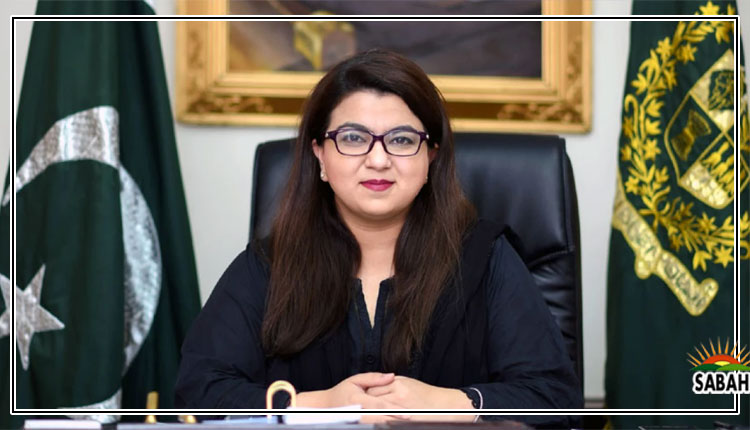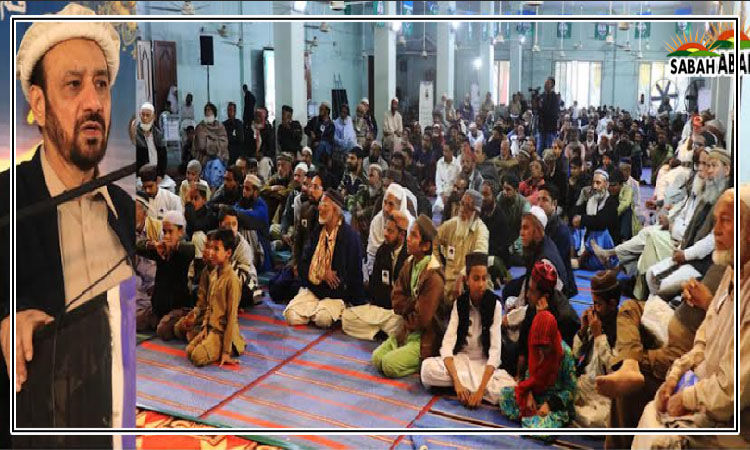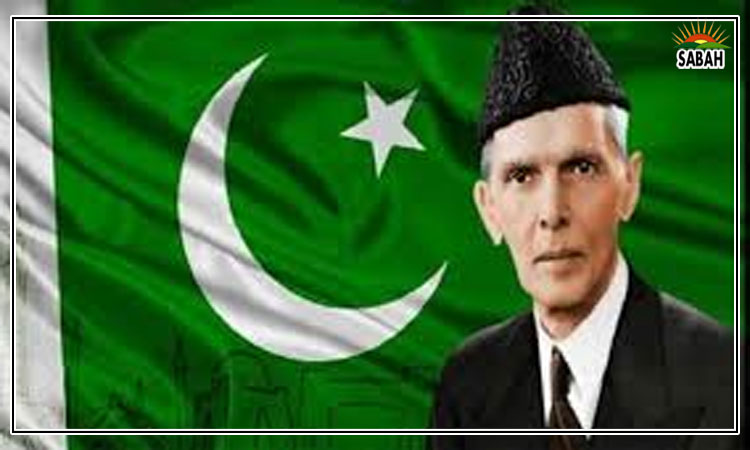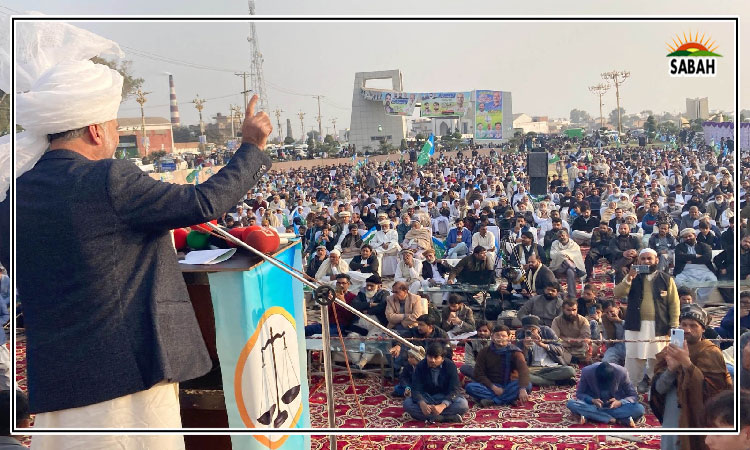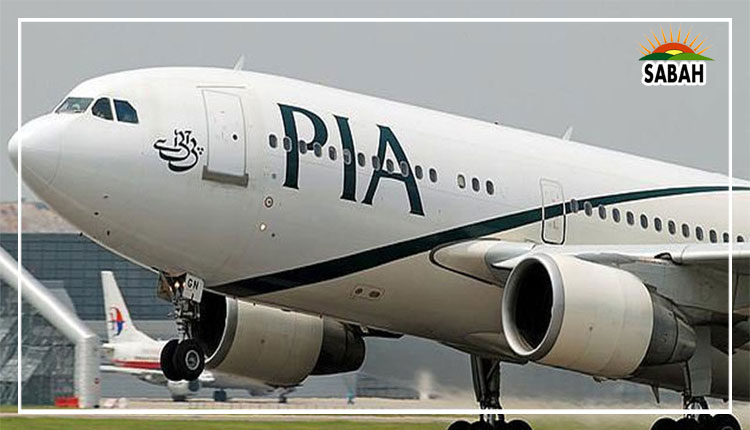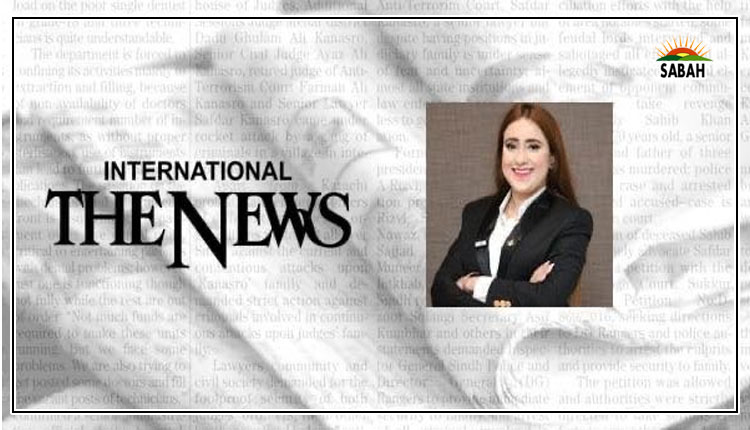BRICS plus six…Maheen Shafeeq
In 2001, Goldman Sachs chief economist Jim ONeill coined the acronym BRIC in a research paper, predicting a potential club of emerging economies. From there, BRIC grew and had its first summit in 2009. South Africa was accepted as a full member in 2010, and the group was renamed BRICS (Brazil, Russia, India, China and South Africa).
Last week, BRICS held its 15th summit in Johannesburg, South Africa from August 22 to August 24 where the prominent agendas of the debate were the further expansion of BRICS and de-dollarization.
On the subject of expansion, South African officials have reported that more than 40 countries have expressed interest in joining BRICS, while about 20 applications for membership were received. Among the applicants, divergences in political systems, economies, cultures, and even diplomatic positions remained obvious.
However, the prominent commonality across the application remained hailing from the Global South. Many analysts have assumed the group to be a counter to the Global Norths G7. However, G7 is an exclusive group which does not accept more members. In contrast, BRICS has expansion plans.
China views expansion as the most critical factor of BRICS. Many Western analysts argue that BRICS offers China a forum to expand its influence and cast itself as a champion of the developing world and the Global South. India, in strategic rivalry with China, has been competing for the status of the leader of the Global South. However, when it came to the expansion of BRICS membership to countries in the Global South, India proposed stringent criteria.
Indias proposal requires that members have a certain GDP and should not be the target of international sanctions. This is strange since Russia, Indias historical strategic partner and also a member of BRICS, is under international sanctions. This shows the complexities that India has put itself in.
Brazil, regardless of having a similar non-alignment foreign policy as India, believes adding its regional neighbours, buried under inflation, will relieve them from the Western financial system. Russia, at war with the West, has also shown enthusiasm towards ending the Wests neocolonialism by adding new members to its alternative system.
It was highly anticipated that the recently held BRICS summit would add new members. As per reports from Johannesburg, BRICS has decided to invite six new members Argentina, Egypt, Iran, Ethiopia, Saudi Arabia and the United Arab Emirates. This shows that expansion is underway, and it yet remains to be seen how the new enlarged group will be able to forge convergences.
The matter of de-dollarization is highly polarized. While some believe that it is inevitable, others believe in the irreversible supremacy of the US dollar. It is undeniable that efforts towards de-dollarization are gaining some momentum through BRICS.
The New Development Bank (NDB) was established by BRICS members in 2015 with its headquarters in Shanghai, China, which is argued as an alternative option to the IMF and the World Bank. The NDB lends loans in Chinese renminbi and is expected to start lending and trading in South African, Brazilian and Indian currencies soon.
The NDB ceased structuring loans in US dollars and euros in 2021, which shows measures towards reducing the use of Western currencies and the expected use of currencies of BRICS nations. So far this is the only platform of such a kind. Although nations have started using other currencies for trading, such as Pakistan and India paid for Russian oil in the Chinese currency recently, these are sporadic incidents.
The invitation to oil-exporting countries such as Saudi Arabia, Iran, and the United Arab Emirates, shows that there is a great enthusiasm towards ditching the petrodollar. So far, further acceptance into BRICS has remained unclear; however, oil-exporting countries stand a high chance of acceptance into the BRICS to end the dollar fanfare.
Some analysts have argued that the choice of trading currency depends on the oil-importing country, and as the Western countries, especially the US is one of the major oil-import, the dominance of the petrodollar will prevail. However, at the BRICS summit, the countries expressed strong interest in using currencies other than the US dollar while trading among themselves.
As the group expands and offers national currencies of members, there could be a possibility of not preferring dollars. While countries might opt to use other currencies for trade with non-Western states, they cannot completely rule out the use of the dollar. At the government level, most central banks, even BRICS nations, hold reserves and most business transactions take place in dollars. Likewise, individuals too are not yet ready to convert their dollar savings to yuan or any other currency.
Pakistan has not made any formal requests to join BRICS. It appears that Pakistan is still deciding on whether to be part of the group since Islamabad is watching the group closely. It is also mindful of becoming part of bloc politics as the group is being led by the Sino-Russia alliance. Additionally, Indias presence in BRICS and its attached tantrum come as irritants to Pakistan.
Last year, India blocked Pakistans participation in the BRICS summit in China. However, this year, for the first time Pakistan received an invite by China to attend the summit. Many in New Delhi are against Pakistans acceptance into the group. But regardless of Indias efforts, Pakistan should not delay the request for membership.
BRICS should also be mindful of India and its tactics of sabotaging every multilateral forum. India hosted the SCO, which could not be productive for regional cooperation, while its G20 presidency was marred with controversy. This shows that Indias self-serving agendas and its rivalry with China and Pakistan could be a bane for BRICS and its potential.
India has failed to work for the global good and should do a reevaluation of its failures at multilateral forums. BRICS presents an insight into the future of global geopolitics; however, its effectiveness as a stable and preferred alternative system is yet to be seen.
Courtesy The News


